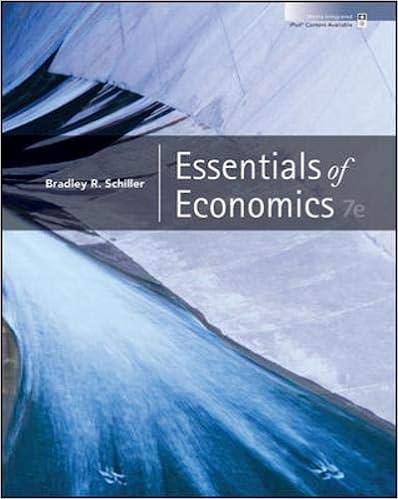Question
Question 4 (20 points) A firm has the short-run production function as follows: Q = L + 15L^2 - 0.5L^3, where Q = total products
Question 4 (20 points)
A firm has the short-run production function as follows:
Q = L + 15L^2 - 0.5L^3,
where Q = total products per period and L = number of workers employed per period.
4.1) (3 points) Derive the marginal product of labor (MPL).
At what number of workers (L) does the law of diminishing returns begin?
- MPL = f(L) = __________________________________
- Law of diminishing return begins when L = ___________ workers.
4.2) (3 points) Derive the average product of labor (APL). Find the number of workers (L) that maximizes the average product of labor.
- APL = f(L) = __________________________________
- When APL is at maximum point L = ___________ workers.
4.3) (6 points) Determine the boundaries (ranges of number of workers) for the three stages of production process. (Hint: you might use this =242 to solve x in a quadratic equation ax2 + bx + c = 0)
- Stage I: _____ < L _____
- Stage II: _____ < L _____
- Stage III: L > __________
4.4) (8 points) Suppose that the price of a product is $2 per unit. How many workers will the
firm hire to maximize its profit if the wage rate is $100 per period?
The firm should hire ___________ workers to get maximum profit.
Step by Step Solution
There are 3 Steps involved in it
Step: 1

Get Instant Access to Expert-Tailored Solutions
See step-by-step solutions with expert insights and AI powered tools for academic success
Step: 2

Step: 3

Ace Your Homework with AI
Get the answers you need in no time with our AI-driven, step-by-step assistance
Get Started


